In this guide, we’ll explore various flowering plants that can benefit your tomato plants, from enhancing flavor to deterring pests. Let’s dive into the colorful and aromatic world of flowers that beautifully complement tomatoes!
Borage

Borage is not just a pretty flower; it’s a powerhouse when it comes to companion planting. With its lovely blue star-shaped flowers, borage attracts a variety of beneficial pollinators like bees and butterflies. The presence of these pollinators boosts the overall productivity of your tomato plants by enhancing pollination.
Furthermore, borage is known for its ability to improve the flavor of tomatoes. When grown nearby, it can enhance the sweetness of the fruit. Additionally, borage acts as a natural pest deterrent, specifically for harmful pests like the tomato hornworm. By planting borage alongside your tomatoes, you’re building a vibrant ecosystem that not only supports your tomatoes’ health but also encourages biodiversity in your garden.
Calendula
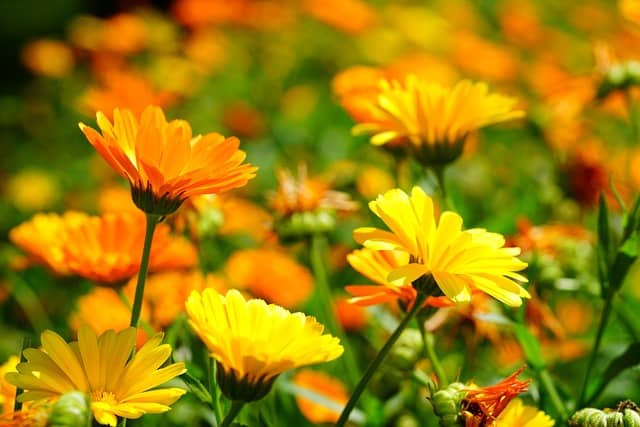
Calendula, often termed the “pot marigold,” shouldn’t be underestimated. These bright, cheerful flowers bring more than just aesthetic appeal to your garden. Their vibrant orange and yellow blooms attract beneficial insects, including ladybugs and lacewings, that prey on common tomato pests like aphids and whiteflies.
Not only does calendula help in pest management, but it also has natural nematicidal properties that can aid in the suppression of soil-borne pests like root-knot nematodes. For a gardener looking to enhance their tomato crop while maintaining a stunning visual palette, calendula is an excellent choice. Plus, you can enjoy the vibrant petals as a garnish in your summer salads!
Sage
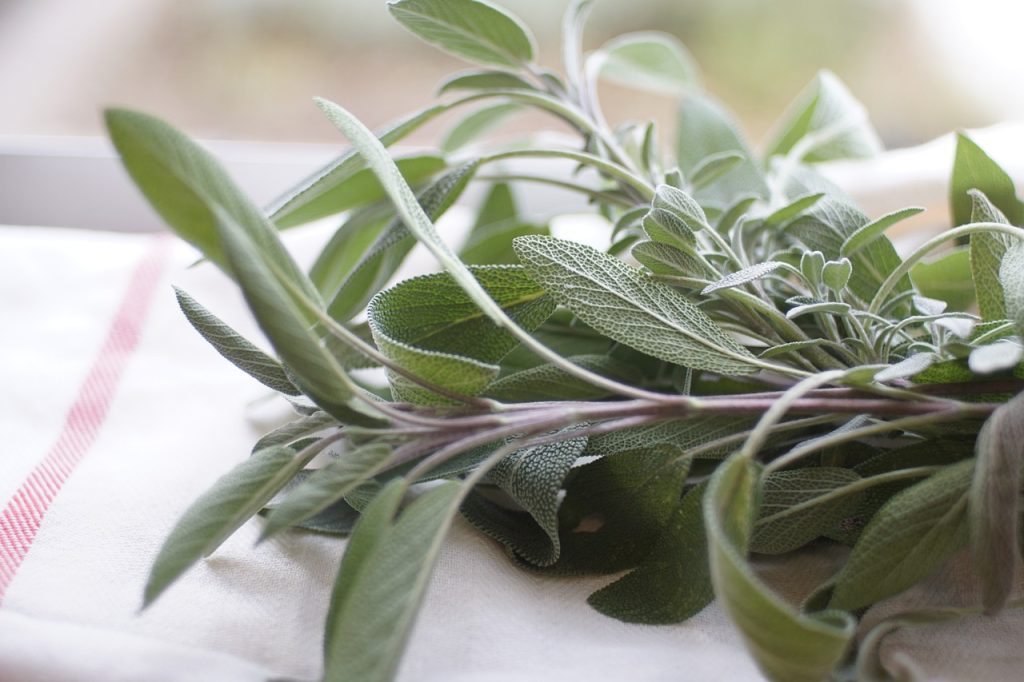
Sage, with its aromatic foliage, is a fantastic companion to tomatoes. This herb not only thrives in similar growing conditions but also offers a wealth of benefits to your tomato plants. Sage emits a strong scent that can deter voracious pests such as spider mites and aphids, keeping your tomato plants safe from infestations.
Additionally, sage is noted for its ability to enhance the growth and flavor of tomatoes. Its presence in the garden can stimulate the growth of your tomato plants while yielding richer, more flavorful fruit. Consider incorporating sage into your garden not just for its many uses in the kitchen but also for the positive effects it has on your tomato crop.
French Marigolds

French marigolds are a staple in companion planting, and for good reason. These bright bursts of gold and orange not only elevate the aesthetics of your garden but also serve a functional purpose. The scent of French marigolds is known to repel nematodes and various garden pests like aphids, keeping your tomatoes safe and healthy.
Moreover, these flowers are relatively low-maintenance and thrive alongside tomatoes, utilizing similar growing conditions. Planting French marigolds near your tomatoes can create a vibrant display while offering the added security of pest protection—an excellent combination for any home gardener.
Nasturtiums
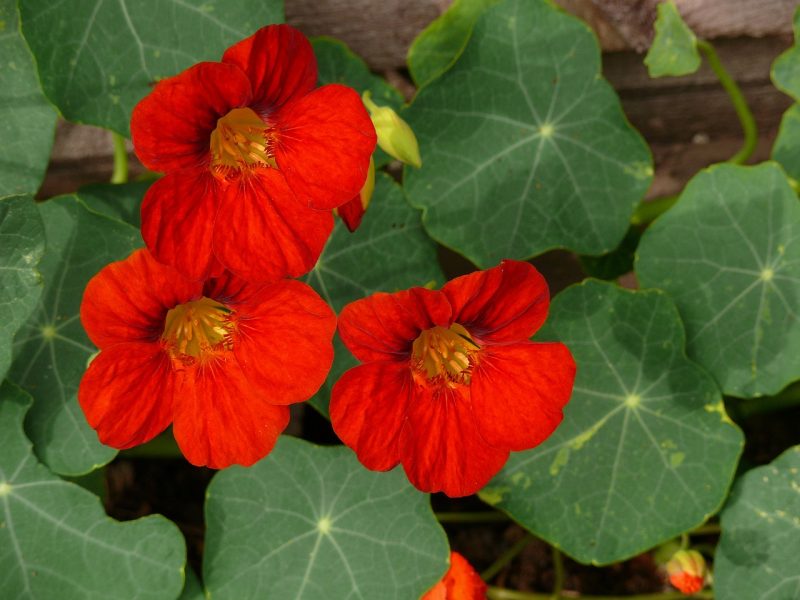
Nasturtiums are not only beautiful but also serve as a natural trap crop for aphids, luring these pests away from your precious tomato plants. Their vibrant colors and distinct round leaves can add a splash of color to your vegetable garden while keeping it ecologically balanced.
In addition to their pest-attracting properties, nasturtiums are entirely edible! Both the leaves and flowers have a peppery flavor that can enhance salads and dishes, making them a dual-purpose plant for ornamental and culinary use. With their strong growth and attractive blooms, nasturtiums are an ideal companion for tomatoes.
Crimson Clover
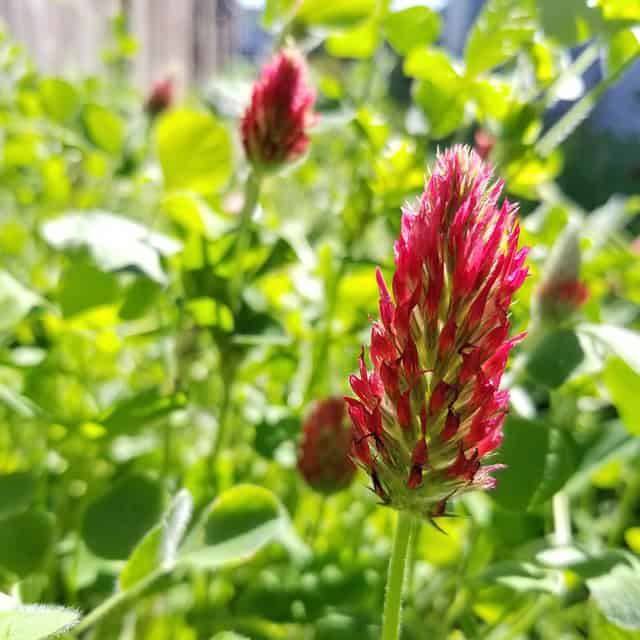
Crimson clover is often overlooked in the floral realm, but its benefits for tomato plants are substantial. As a leguminous flower, crimson clover fixes nitrogen in the soil, enriching the soil quality and providing essential nutrients for your tomatoes. Healthier soil means healthier plants, and healthier plants yield better crops.
Moreover, crimson clover offers beautiful crimson blooms that attract pollinators and beneficial insects, forming a vibrant ecosystem in your garden. Its ability to improve soil health while enhancing your garden’s aesthetics makes crimson clover a worthy addition to your tomato planting strategy.
Lavender
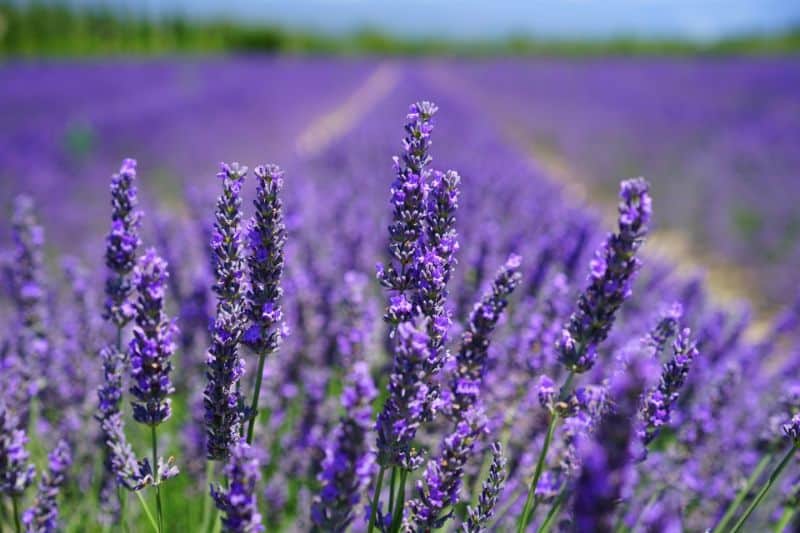
Lavender’s soothing fragrance and striking purple blooms make it a cherished flower in many gardens, but its benefits extend far beyond beauty. Lavender deters many common pests, including aphids and whiteflies, which can pose a threat to tomato plants.
Furthermore, the aroma of lavender is known to attract pollinators without attracting damaging pests. Additionally, lavender can enrich the soil’s organic content and contribute to the overall health of your garden. Consider planting lavender alongside your tomatoes for a visually appealing and functional integration that enhances both fragrance and productivity.
Sunflowers
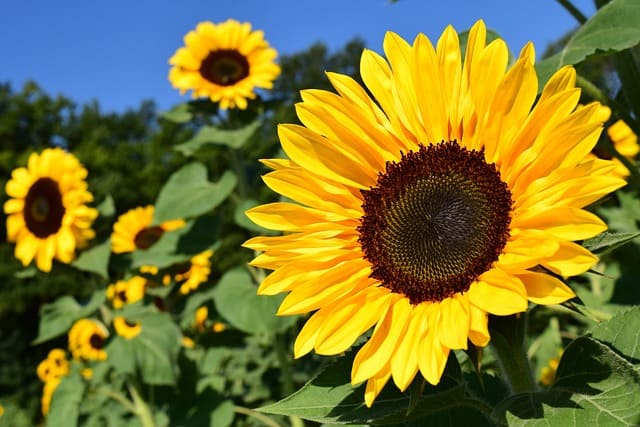
As one of the tallest flowers in your garden, sunflowers create a stunning backdrop for tomato plants. Beyond their impressive height and beauty, sunflowers can provide vital shade for tomatoes during the hotter parts of the day, helping to prevent sunscald on your tomato fruits.
Moreover, sunflowers attract a multitude of pollinators, enriching the overall biodiversity of your garden. They also act as “companion plants by association,” providing a buffer against strong winds for more delicate plants like tomatoes. By integrating sunflowers into your garden layout, you’re optimizing space while supporting the health of your tomato plants.
Zinnias
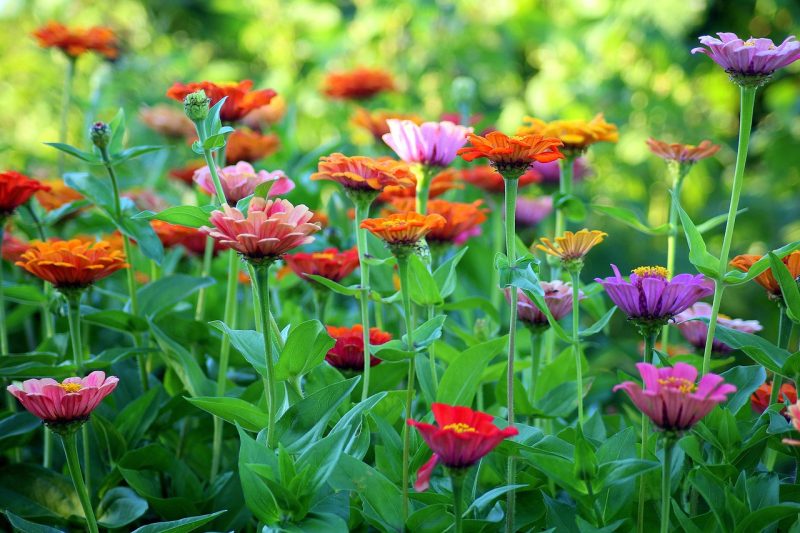
Zinnias are a must-have for any garden, not just for their vibrant blooms but also for their capacity to attract a diversity of pollinators, including butterflies and honeybees. These pollinators do wonders for tomato plants, significantly improving fruit set and overall yield.
In addition to their pollinator-attracting abilities, zinnias are known to help with pest control as well. Their vibrant colors may confuse and deter harmful insects from targeting your tomatoes. The cheerful appearance of zinnias complements the greenery of tomato plants and creates a lively atmosphere in your vegetable garden.
Thyme
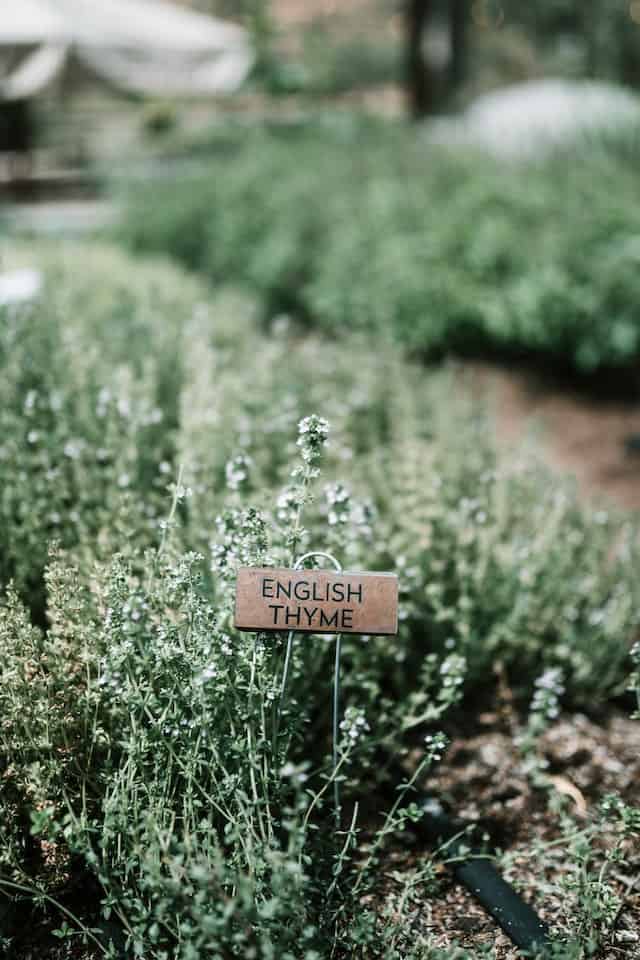
Thyme is a multi-functional herb that pairs beautifully with tomatoes in both cooking and gardening. Not only does thyme prefer similar growing conditions to tomatoes, but it also enhances their flavor when planted nearby.
Thyme emits an aromatic scent that repels certain pests, such as cabbage worms and aphids, creating a natural barrier against harm. Furthermore, thyme is a low-growing herb, meaning it won’t compete with your tomatoes for space, and it thrives in full sunlight. Including thyme in your tomato patch can significantly enhance the health and taste of the fruits you harvest.
Bee Balm
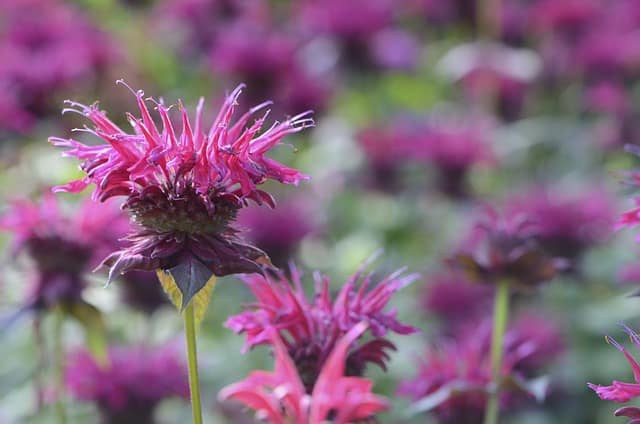
Bee balm is a stunning perennial flower known for its vibrant blooms and wildlife attraction. It thrives well in gardens, providing essential nectar to bees and other pollinators that are crucial for the overall health and yield of your tomato plants.
Moreover, bee balm has natural pest-repelling properties. The aromatic foliage can help keep unwanted pests at bay, allowing your tomatoes to flourish. This flowering herb can also add an interesting touch of texture and color to your garden scheme, enhancing its visual appeal while providing countless benefits.
Petunia

Petunias are not just delightful ornamental flowers; they also serve as effective companions for tomatoes. Their vibrant colors can bring joy to your garden while providing a tasty treat for beneficial insects that help in pollination.
These cheerful flowers are known to deter various garden pests, including aphids and whiteflies. Planting petunias near your tomatoes can create a protective environment that encourages healthy growth. The combination of aesthetics and pest control makes petunias an excellent choice for any tomato-loving gardener.
Amaranth
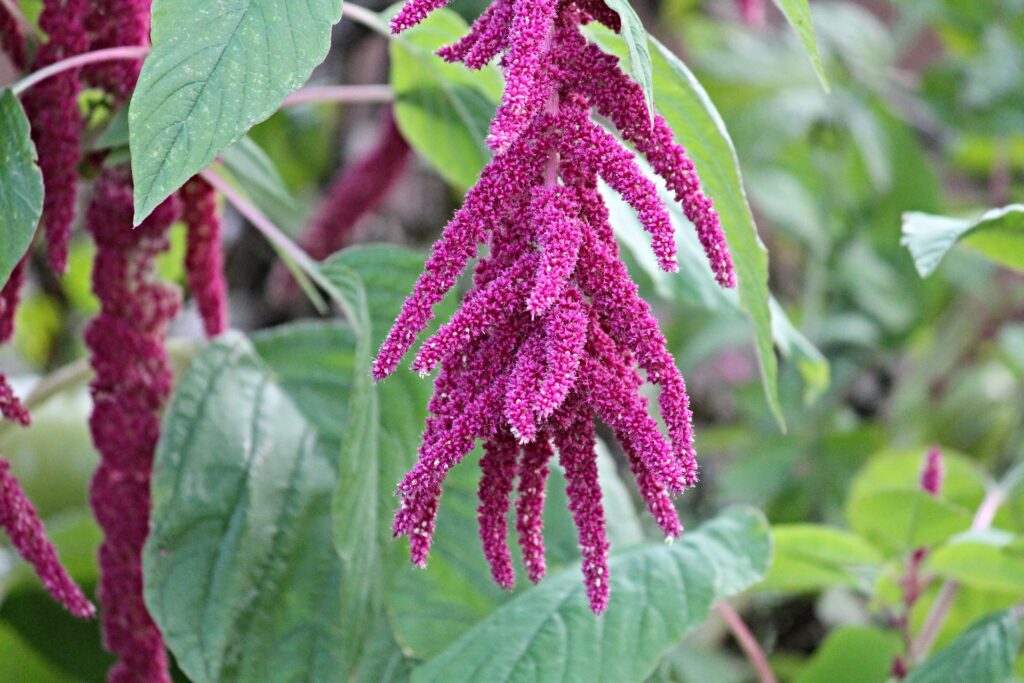
Amaranth is a unique flowering plant that commands attention with its striking clusters of red or purple blooms. Beyond its ornamental value, amaranth serves as an attractive cover crop that can suppress weeds and improve soil health.
Additionally, amaranth helps attract beneficial insects that can promote better pollination for your tomatoes. Its tall stature can provide a windbreak in your garden, creating a sheltered environment for your tomato plants. With its versatility and stunning visual appeal, amaranth is definitely a worthy companion for your tomatoes.
Dandelions
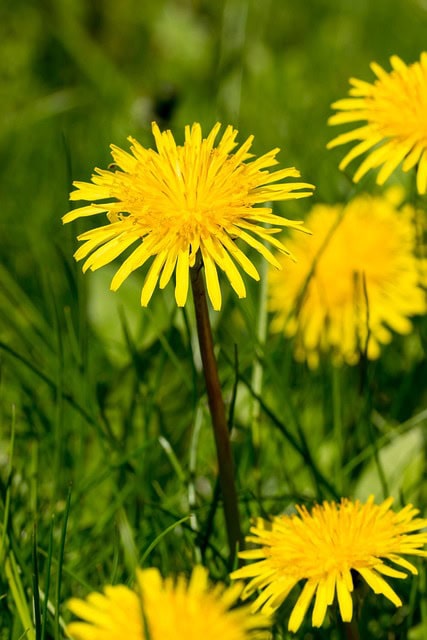
Often considered a weed, dandelions can be surprisingly beneficial for tomato gardens. These resilient plants are known for their deep taproots which can break up compacted soil and improve aeration. The flowers of the dandelion also provide early-season nectar for bees, helping boost pollination early on for your tomato plants.
Moreover, dandelions can attract beneficial insects that help control pest populations. Although they may be unwanted in neat gardens, incorporating dandelions strategically can harness their benefits while promoting biodiversity.
Yarrow
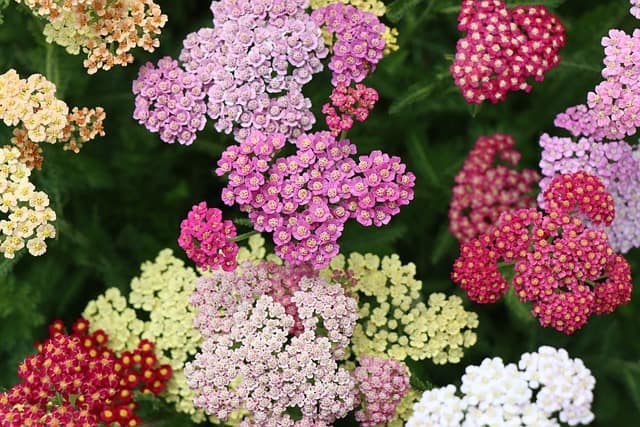
Yarrow is a hardy perennial known for its feathery foliage and stunning clusters of small flowers. This remarkable plant has a myriad of benefits for tomato gardeners. First and foremost, yarrow attracts a variety of beneficial insects, including ladybugs and predatory wasps, which can help keep pest populations in check.
Additionally, yarrow is known for its ability to improve soil health and promote vitality in neighboring plants like tomatoes. This hardy plant spreads easily, making it perfect for creating a lush ground cover that suppresses weeds and retains soil moisture. Its benefits go beyond aesthetics, providing natural pest control and enriching your soil.
Conclusion
Choosing the right flowers to plant alongside your tomatoes can create a harmonious garden environment that nurtures both aesthetics and productivity. From the iconic borage to the delightful petunia, these companion plants not only enhance the beauty of your garden but also contribute to the overall health and yield of your tomatoes.





